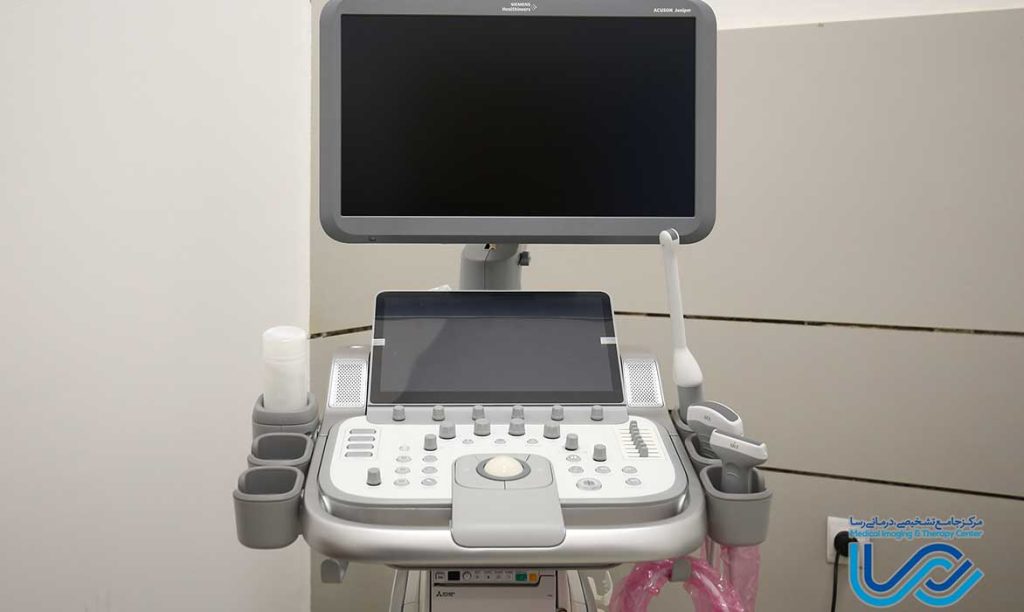
There is a medical department
Nuclear medicine is a branch of medicine that uses radiation to provide diagnostic information about the function of body organs or to treat them. The nuclear medicine department of any medical center is separate from other imaging departments.
In nuclear medicine, the amount and type of radiopharmaceutical for imaging each organ of the body is specified. Depending on the type of substance and organ in question, the radiopharmaceutical may be inhaled, orally, or intravenously administered to the patient. The nuclear medicine department has various devices, including bone densitometry, SPECT, SPECT-CT, PET, PET-CT, and PET-MR.
Nuclear Medicine is an important branch of medicine that uses nuclear technologies to diagnose and treat diseases. It includes a variety of applications that can help improve people’s health.
Nuclear medicine applications
Diagnosis of diseases:
Imaging scans: One of the main methods in nuclear medicine is imaging using radiopharmaceuticals. These drugs are delivered to imaging devices by emitting gamma rays, providing detailed images of tissues and internal organs. Techniques such as PET (positron emission tomography) and SPECT (single photon emission computed tomography) are very effective in diagnosing heart, cancer, and brain problems.
Cardiac imaging: These procedures help doctors evaluate heart function and identify potential problems.
Treatment of diseases:
Radiotherapy: One of the most effective treatment methods in nuclear medicine is radiotherapy. In this method, radiopharmaceuticals are injected directly into cancer cells and destroy the cancer cells by emitting radiation.
Treatment of thyroid diseases: The use of radioactive iodine to treat hyperthyroidism and some types of thyroid cancer is very common.
Medical research:
Scientific research: The nuclear medicine sector plays an important role in scientific research and the development of new drugs and treatments. This research can lead to the discovery of new treatments for various diseases.
Benefits and challenges of nuclear medicine
Advantages:
High accuracy: Nuclear medicine techniques usually have a very high accuracy and can detect diseases in their early stages.
Reducing the need for surgery: Many imaging and therapeutic procedures in nuclear medicine are non-invasive, reducing the need for complex surgeries.
Challenges:
High cost: Nuclear medicine equipment and technologies are usually expensive, which may limit access to these procedures for some patients.
Safety considerations: The use of radioactive materials requires special safety considerations to avoid potential risks to the patient and medical personnel.
conclusion
Nuclear medicine, using advanced technologies and radiopharmaceuticals, enables the diagnosis and treatment of many diseases. With continued research and scientific advances, this branch of medicine can help improve the quality of life of patients and play an important role in the provision of medical services.


